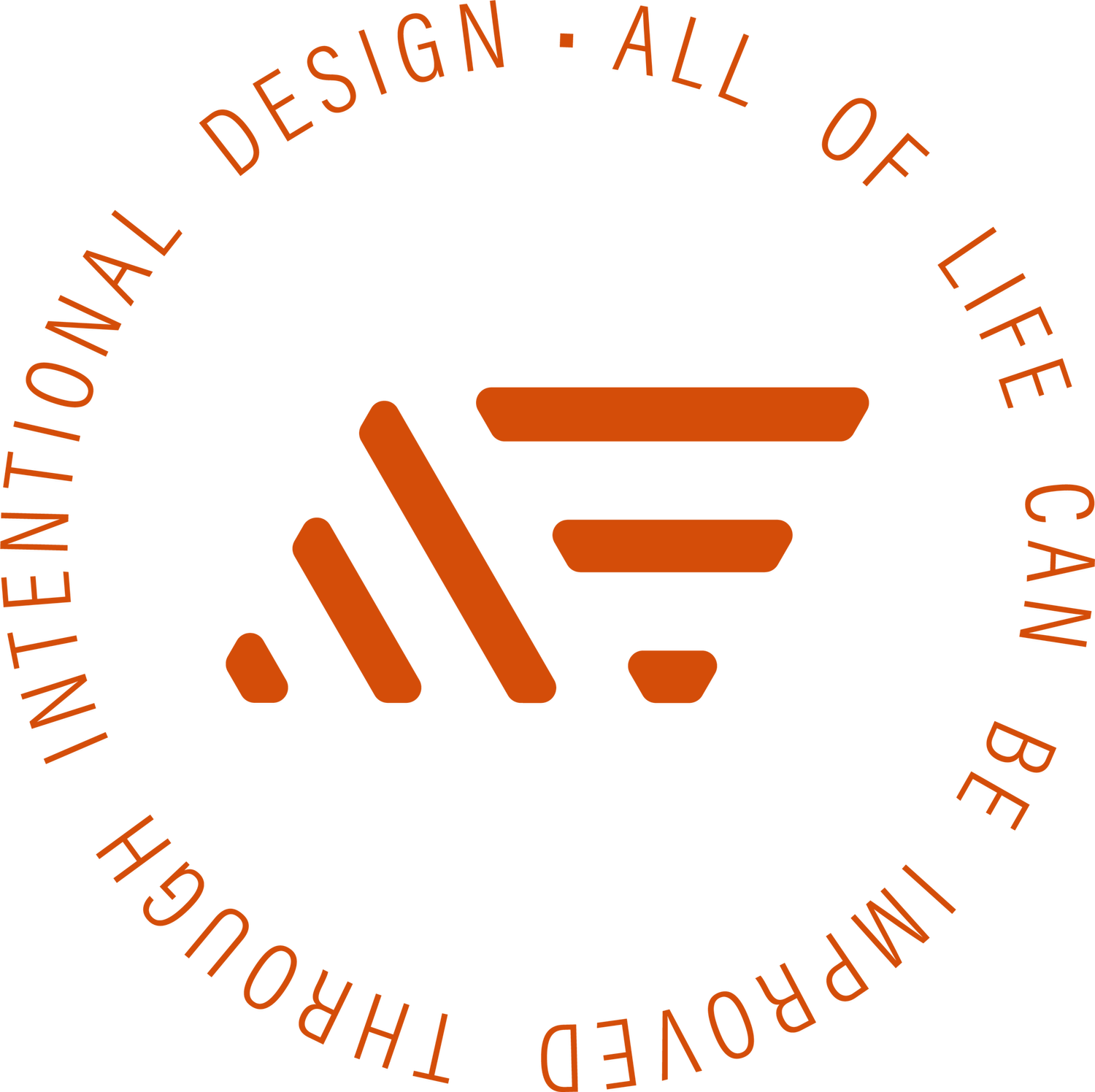Professional Development: More than Promotions and Raises
📝 This was originally created as an internal doc, and shared with the visual design team at Reforge, to help them see the various paths and ways that they could grow professionally. We had a set of 8 core competencies that each designer would be measured against.
One of the visual designer competencies is "Owns Professional Development". In some conversations, it became apparent that this may be nebulous. Partly because there are a lot of definitions of professional development and partly because many companies don't formally encourage this.
So in an effort to help bridge the understanding gap and have a consistent expectation around the topic, I'm writing this document.
The way I view professional development is threefold:
💪 Perfecting the skills required in your role (this is an expectation that I would imagine everyone pursues over the course of their career)
🏦 Pursuing an understanding how your work effects and aligns with the business objectives
💭 Upskilling in areas of personal interest or potential company impact
All of these are super high-level buckets and not super actionable, so let's dive deeper into each to try and form a framework of how this might play out for your career at Reforge.
💪 Perfecting your skills in your role
This one is pretty easy to define, and we've gotten better at supporting it on the Content Design Team. The idea is that the other skills-based competencies are getting better over time. Things like Figma expertise, CDS alignment, communication with others, etc.
So for “Owning Professional Development” this could look like: self-identifying areas of weakness and looking for ways to bolster those skills.
Not great at using Figma? Watch some tutorials, practice using it outside of Reforge specific use cases, play around and try to figure stuff out
Design System alignment not up to snuff? Read back up on the documentation, look at how others use the system, do the exercises we've put together.
Communication a struggle? Read some books/articles about improving this, take an improv class, practice situational exercises.
Unsure of what the topic you're designing for is about? Learn more about the topics we teach on by taking Reforge courses or adjacent reading.
🏦 Pursuing Business Objectives
This opportunity is more nuanced and less specific because it requires putting on a different lens than you may be used to wearing. Individuals that are able to align themselves with the objectives of the company see a much higher growth trajectory because they are able to speak to - and act in - a way that shows value and buy-in to leadership.
“Owning Professional Development” here might look like: identifying potential issues or sticking points that could be solved by your actions. An action could include documentation, a process flow, or chipping in toward an area you're unfamiliar with but see a need. Some specific points on this to think through:
Does what I'm doing scale?
What is currently working that might break soon?
What isn't working well but I see an opportunity to improve it?
What team/individual looks like they could use a hand?
What is an area that would improve the company that no one is focused on but I'm willing to spend time to help figure out?
💭 Upskilling
This is probably the most commonly attributed concept of professional development. It gets to the heart of the question: What's next for me professionally? And how do I get there?
In this specific instance, the actions should push you outside of your comfort zone. If you're considering development in this area, but find the area to be easy, that isn't development - it’s practice.
I actually would rely on a paper I read that was published by Buffalo State that mentions that there are 5 activities that contribute to professional development. Of the 5, there are 3 that are applicable to this aspect of 'upskilling'. I've bolded those below (the 2 that aren’t bold, I've included in the above aspects of perfecting skills and business objectives):
Continuing education
Participating in professional organizations
Research
Improving job performance
Increased duties and responsibilities
“Owning Professional Development” in these are could look like:
Continuing education
Participation in Twitter chats
Reading books or long-form publications on relevant areas that interest you
Formal degree or certificate programs/courses/workshops
Participating in professional organizations.
Friends of Figma Slack group involvement
AIGA
Local Creative Mornings chapter
Increased duties and responsibilities
Volunteering or asking for ways you could take on more challenges in your current role, be it projects, a "problem to solve", a long or short-term assignment
Bringing it all together
One of the biggest aspects I see in advancing professional development is the support of the manager. While the pursuit of professional development activities is great; opportunities that are void of sharing back to the team, incorporating application, or retaining the information, tend to fizzle out. By tracking the activities, accountability persists and the long-term benefits of the action will increase actionability.
This is why Professional Development is so important as an aspect of the visual designer competencies. It is a personal pursuit that has a partnership with peers and managers. At the end of the day, professional development makes an employee better, but in addition, it makes the team better!
In conclusion, no matter the activity that is chosen, Professional Development should follow a few general standards:
Did you communicate the development opportunity with someone else? = Accountable
Is it pushing you outside of your comfort zone? = Assessable
What is your plan to apply your learnings? = Actionable
